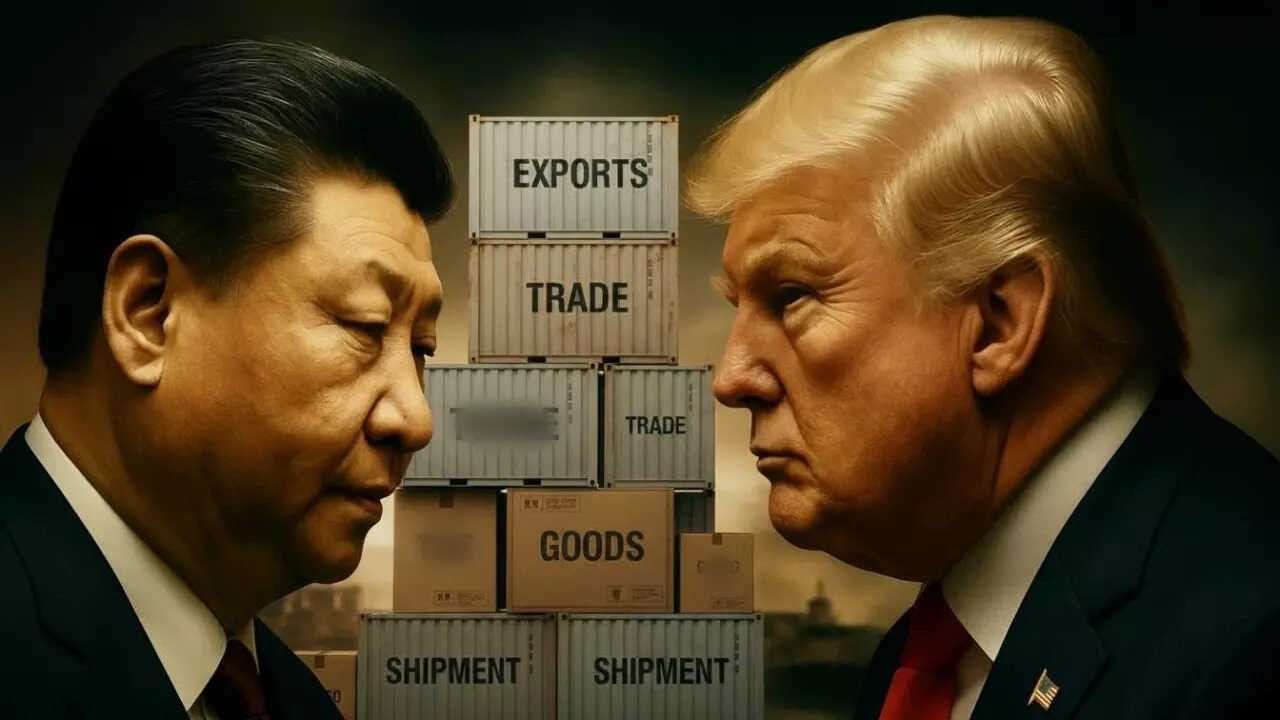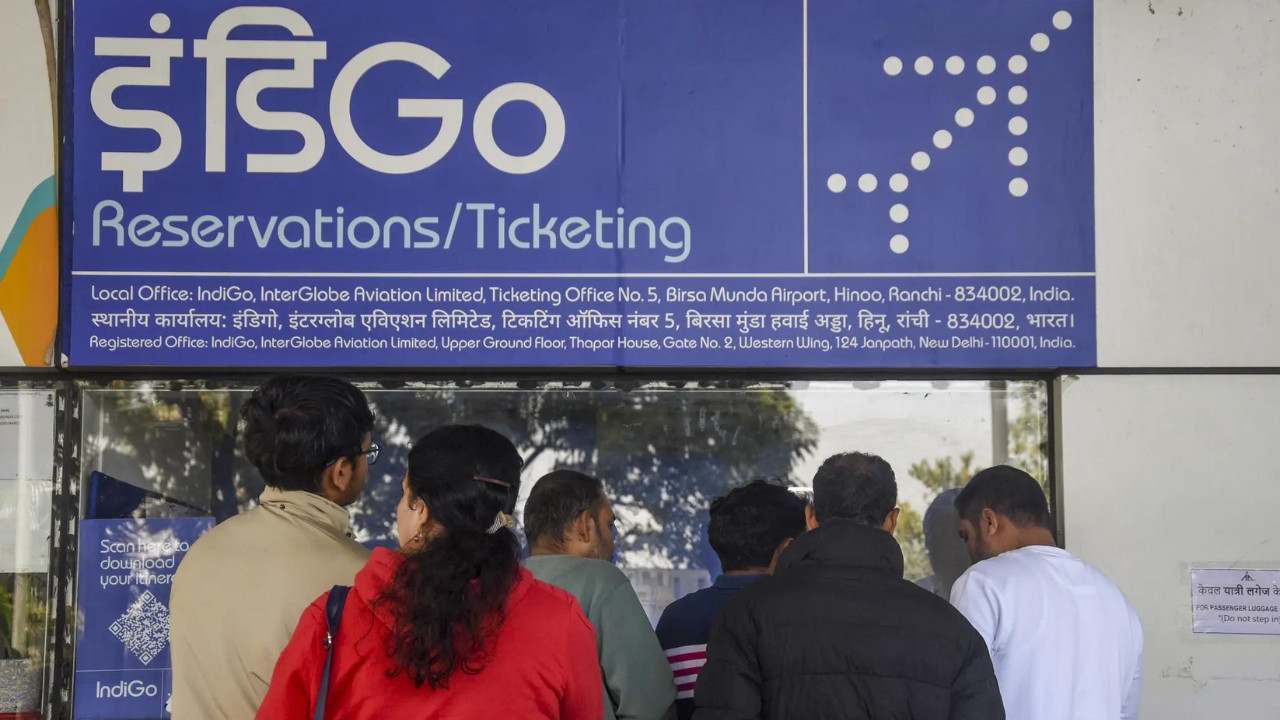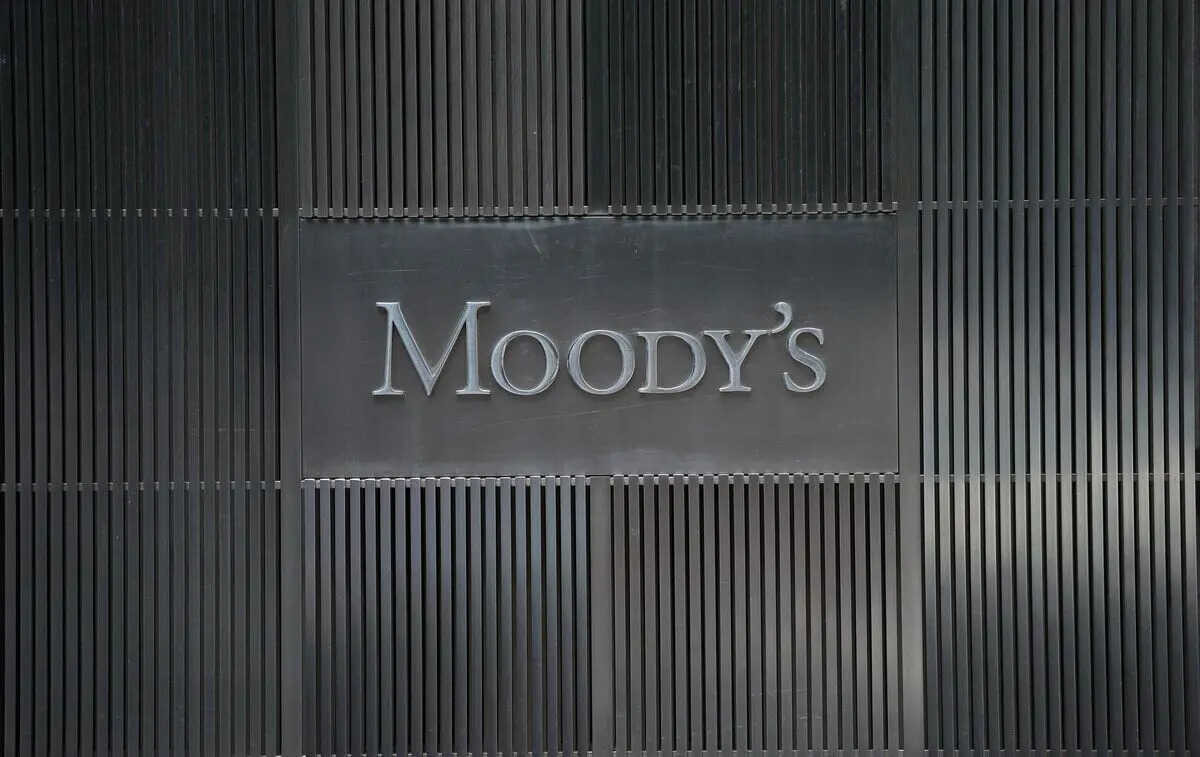India’s FDI: More Than Just Numbers, It’s a Story of Growing Confidence
Okay, let’s talk about India. Forget the usual stock market jargon for a second. I’m not an economist, but I follow the money trail, and lately, that trail has been leading right back to India. Specifically, we’re looking at Foreign Direct Investment, or FDI. And the latest numbers? Let’s just say they paint a pretty compelling picture.
The headline? Gross FDI in the last fiscal year (FY25) jumped a solid 14% to a cool $81 billion. That’s a lot of zeroes. But more than just a number, it whispers a story of growing global confidence in the Indian growth engine. It’s a vote of faith, a signal that investors believe India is not just a place to make money, but a place to build something substantial.
Now, don’t get me wrong, economic data can be slippery. There are always nuances, caveats, and potential interpretations lurking beneath the surface. A 14% increase isn’t guaranteed to translate into instant prosperity on the ground. But it’s a damn good start.
What’s particularly interesting isn’t just the overall number, but what it implies. Increased FDI generally suggests a few things:
* Stronger Economic Fundamentals: Investors aren’t going to pour money into a shaky foundation. A healthy rise in FDI suggests that India’s economy is perceived as stable, growing, and worth the risk. That includes factors like a growing domestic market, improving infrastructure (though we all know there’s still work to be done!), and a relatively stable political landscape.
* Policy Attractiveness: Governments play a crucial role in attracting FDI. Friendly policies, streamlined regulations, and tax incentives can all act as magnets for foreign capital. This rise in FDI could indicate that recent policy changes are paying off and making India a more appealing investment destination. Think about initiatives like “Make in India” which aim to boost domestic manufacturing and attract foreign companies to set up shop here.
* Long-Term Vision: FDI isn’t just about short-term gains. It’s about long-term investments in factories, infrastructure, and skilled labor. These are projects that take time to mature, so an increase in FDI suggests that investors are playing the long game, betting on India’s growth trajectory over the next decade and beyond.
Of course, let’s not pretend it’s all sunshine and roses. Dig a little deeper, and you’ll find that net FDI – that is, FDI minus outflows – is actually lower than the previous year. This means that while more money is flowing in, more money is also flowing out. This could be for a variety of reasons, from companies repatriating profits to investors diversifying their portfolios. It’s a reminder that the global economy is a complex ecosystem, and capital flows are rarely one-way streets.
Furthermore, we have to consider the impact of global events. Geopolitical tensions, rising interest rates in developed economies, and even something like a pandemic can all significantly impact FDI flows. So, while FY25 looks good, it’s crucial to maintain vigilance and adapt to changing global dynamics.
So, where does India go from here? What can be done to sustain, and even accelerate, this positive trend in FDI?
Firstly, consistency is key. Investors crave predictability and stability. A stable regulatory environment, clear policy guidelines, and consistent enforcement are essential for maintaining investor confidence. No one wants to invest in a country where the rules of the game keep changing.
Secondly, focusing on skill development is crucial. A skilled workforce is a major draw for foreign investors. By investing in education, vocational training, and upskilling initiatives, India can attract companies looking for a talented pool of employees.
Thirdly, let’s not forget the importance of infrastructure. Improved roads, reliable power supply, and efficient ports are essential for facilitating trade and investment. Continued investment in infrastructure projects will not only boost economic growth but also make India a more attractive destination for FDI.
Finally, India needs to actively promote itself as a global investment destination. This means showcasing its strengths, addressing its challenges, and actively engaging with potential investors around the world.
Ultimately, the story of India’s FDI is a story of potential. It’s a story of a nation with a young population, a growing economy, and a government determined to build a brighter future. The latest numbers are encouraging, but the real work lies ahead. By focusing on stability, skill development, infrastructure, and promotion, India can continue to attract foreign investment and unlock its full economic potential. And that, my friends, is a story worth watching.
📬 Stay informed — follow us for more insightful updates!







